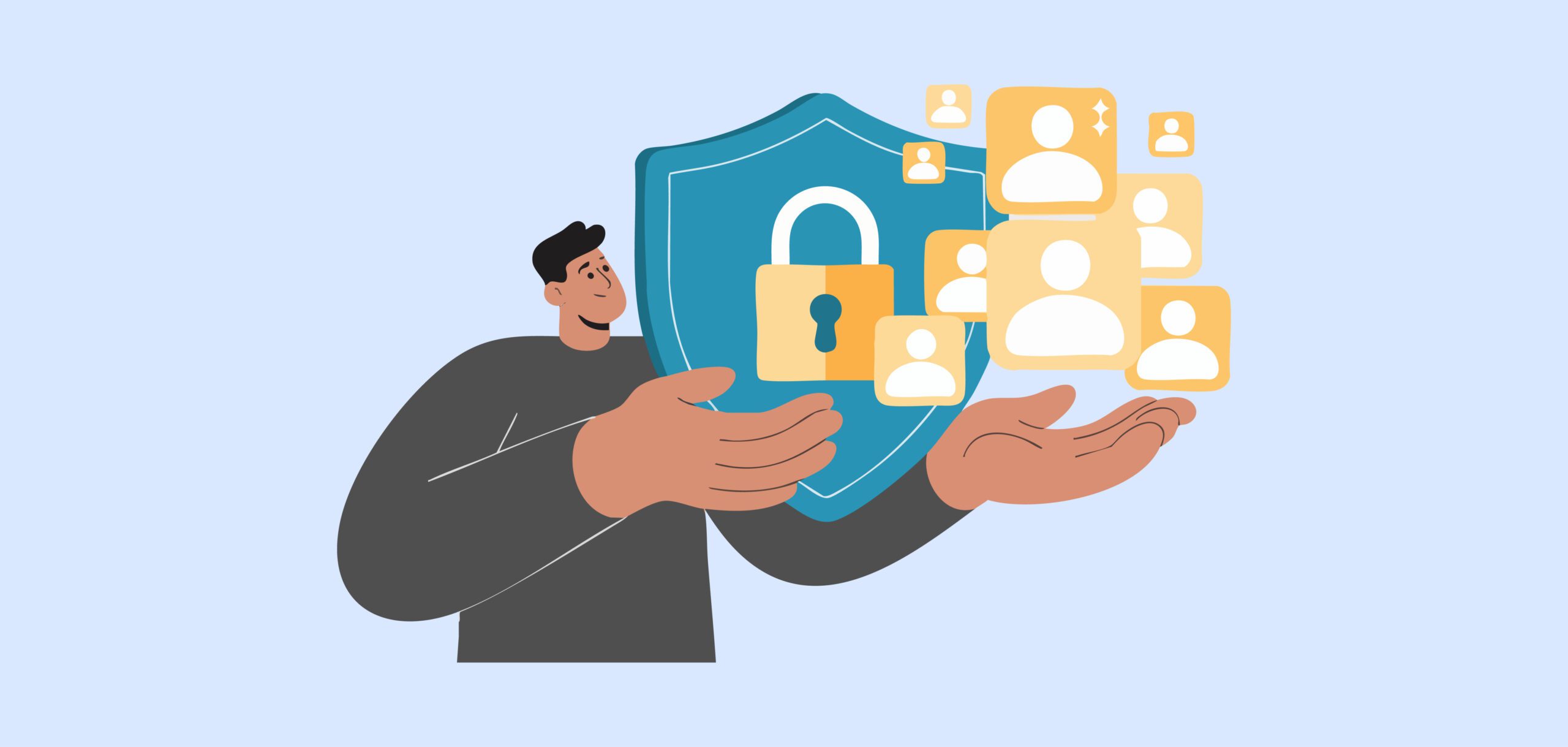Why Every Phone Number You’ve Ever Given Out Still Exists Somewhere Online

Think back to the first time you shared your telephone number online. Maybe it was for a rewards program, a newsletter, or a new mobile app. Chances are, that same number is still floating around the internet—appearing in phone directories, business communications, or databases run by data brokers.
This is why people continue to receive unwanted calls, appear in reverse phone lookups, or have their details tied to old accounts long after they’ve stopped using a number. Once shared, phone numbers are copied, sold, and stored across countless systems, making full removal nearly impossible. Understanding how your phone number spreads online and what you can do to protect it is essential in today’s digital age.
How Phone Numbers Get Online
1. Social Media and Apps
Platforms like Facebook, Instagram, and Snapchat encourage users to sync contacts for convenience. This makes connecting easier, but it also spreads numbers across mobile devices, cloud backups, and networks. For example, when you grant an app permission to access your contacts, it may upload those phone numbers to its servers, where they can be used for friend suggestions, targeted advertising, or even shared with third parties.
2. Business Tools
Services such as Google Voice, toll-free numbers, and local presence lines help companies route calls, manage SMS messages, and provide voicemail transcription. These tools are invaluable for sales teams and business calls, enabling them to intelligently route calls to individual users and track communications efficiently. However, these services also create detailed logs tied to every line, which can be stored indefinitely and sometimes appear in public phone directories or reverse phone lookup databases.
3. Everyday Registrations
Signing up for loyalty cards, newsletters, or free downloads usually means handing over your mobile phone number. That information is often shared or sold to third parties as part of marketing plans. Even seemingly harmless registrations can contribute to your number’s wide distribution, especially if the company’s privacy policy allows data sharing with affiliates or advertisers.
4. Public Records
Property filings, court cases, and voter registries include numbers along with area codes and country codes, making them searchable in public databases. These records are often indexed by search engines and aggregated by data brokers, further increasing the visibility of your phone number online.
Why Numbers Are So Hard to Erase
1. Data Brokers
Once collected, numbers are replicated across hundreds of sites. Removing them from one doesn’t clear them everywhere else. Data brokers operate by continuously harvesting personal information from multiple sources, combining it into comprehensive profiles. Even if you opt out of one broker, your number may still appear on others, requiring persistent effort to manage.
2. Cached Pages
Tools like the Wayback Machine and other web archives preserve old web content, including contact details, long after deletion attempts. This means that even if a website removes your number, archived versions may still be accessible, making complete erasure difficult.
3. Backups
Cloud services automatically generate copies of user data, including numbers, and these backups remain intact even after the original is removed. This adds another layer of complexity to data removal, as your number might exist in multiple backup systems beyond your control.
4. Carriers and Providers
Phone carriers keep logs for security and compliance, meaning your telephone number may be retained in systems you can’t access or delete. These records may be used for lawful purposes, but can sometimes be exposed through data breaches or unauthorized access.
The Risks of Exposed Phone Numbers
1. Spam and Scams
Most calls from unknown numbers are spam. Criminals often fake caller IDs to trick users into answering, leading to scams such as phishing, fake lotteries, or tech support fraud. The more your number circulates, the higher the chance it will be targeted.
2. Identity Theft
Exposed numbers can be combined with other details to reset accounts, hijack SIM cards, or impersonate customers. Attackers may use your number for social engineering attacks or to bypass two-factor authentication methods that rely on SMS.
3. Doxxing and Harassment
When a number is linked to a location, company, or website, it can be used to target or harass the person behind it. This is especially concerning for public figures or individuals in sensitive positions.
4. Business Risks
For companies, leaked office lines or sales team directories open the door to phishing, fraud attempts, and reputational harm. Competitors or malicious actors might exploit exposed numbers to disrupt business communications or impersonate employees.
Can You Remove a Phone Number from the Internet?
1. Opting Out of Brokers
Sites like Spokeo, Whitepages, and Acxiom have removal forms, but they often require multiple submissions and constant follow-up. Persistence is key, and it’s important to regularly check if your number reappears on other platforms.
2. Professional Removal Services
Companies such as DeleteMe automate the opt-out process and perform regular scans to protect against reappearances. These services can save time and provide peace of mind, especially for individuals or businesses with multiple numbers to manage.
3. Search and Monitoring Tools
Reverse phone lookup tools, along with Google Alerts and Google Search Console, can help track where your number is showing up. Setting up alerts enables you to react quickly if your number appears on new sites or directories.
4. Account Security
Even if your number remains online, you can reduce risk by enabling two-factor authentication that doesn’t rely on SMS, such as authenticator apps or hardware tokens. This adds an extra layer of protection against account hijacking.
How to Prevent Future Exposure
1. Use Virtual Numbers
A Google Voice local phone number or toll-free number can separate personal and professional calls. These services intelligently route calls, provide voicemail transcription, and manage messages without exposing your main device. Virtual numbers can be set up easily and are especially useful for apps, online sign-ups, or individual marketing campaigns.
2. Create Separate Numbers For Apps
Instead of linking your personal mobile phone, use a secondary line or a virtual number for apps, online registrations, or marketing efforts. This approach helps save time managing communications and limits exposure of your primary number.
3. Review Privacy Settings
Adjust discoverability on platforms like Facebook, Instagram, and Snapchat so your number isn’t automatically shared with contacts or displayed publicly. Regularly review app permissions to control who can access your information.
4. Register With The Do Not Call Registry
This won’t stop scammers, but it reduces telemarketing calls tied to your local area code. It’s a simple step that can cut down on unwanted calls significantly.
5. Treat Your Number Like a Password
Before sharing it, determine whether the company or website requesting it is credible and relevant. Each disclosure increases the size of your digital footprint and potential vulnerability.
Final Thoughts
Every phone number you’ve ever shared still exists somewhere online. It may be stored in business directories, embedded in public records, or cached on an old page that never truly disappears. While you can’t erase every trace, you can take control. Use virtual numbers, limit disclosures, and rely on smarter communications technology to reduce your exposure. Protecting your contact details is no longer optional—it’s an essential part of online security in our connected world.





